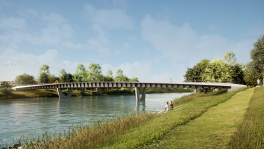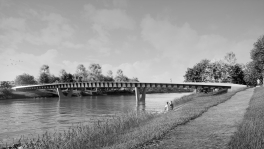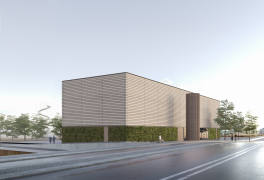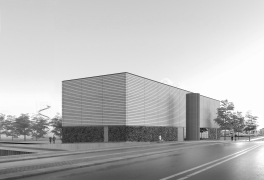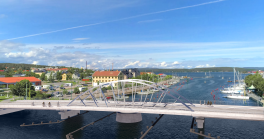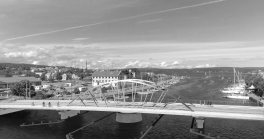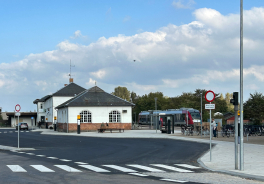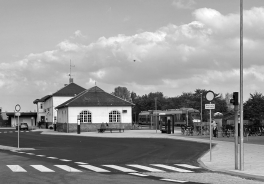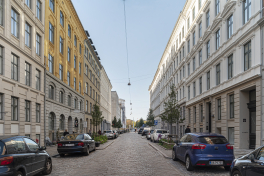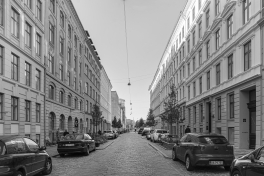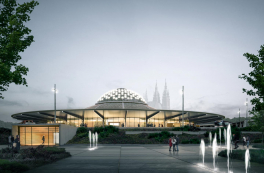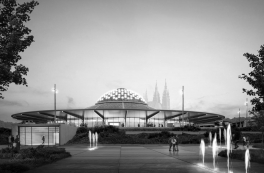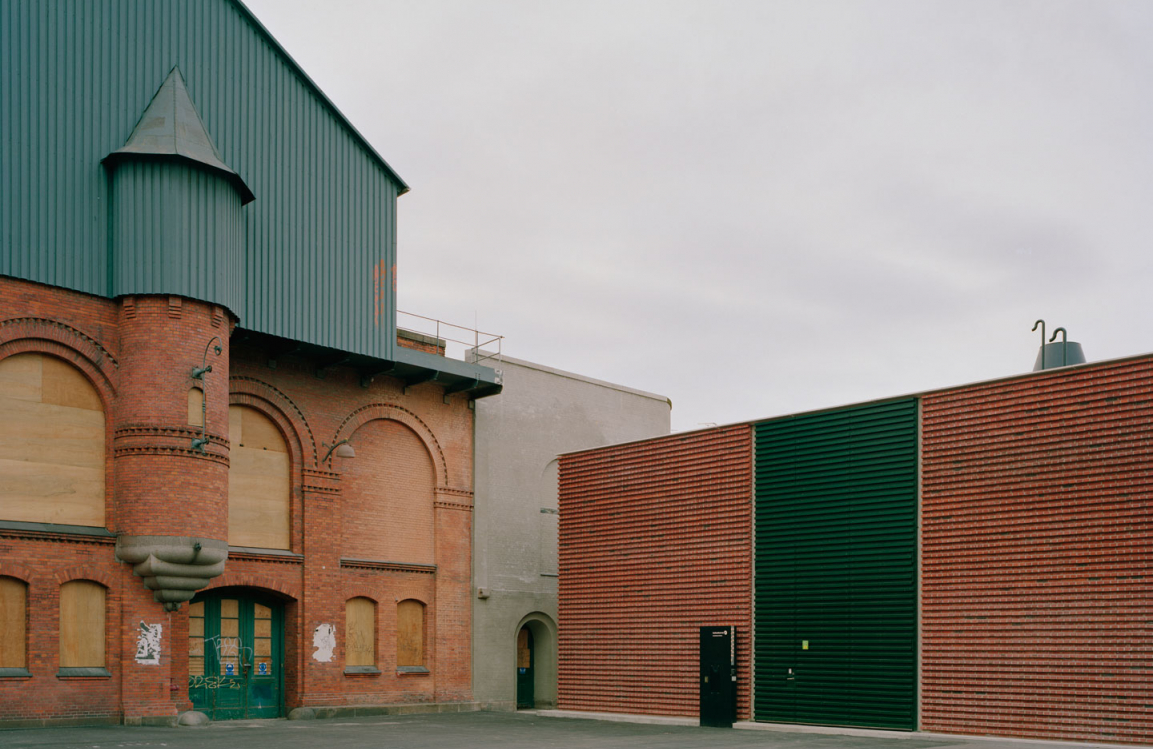
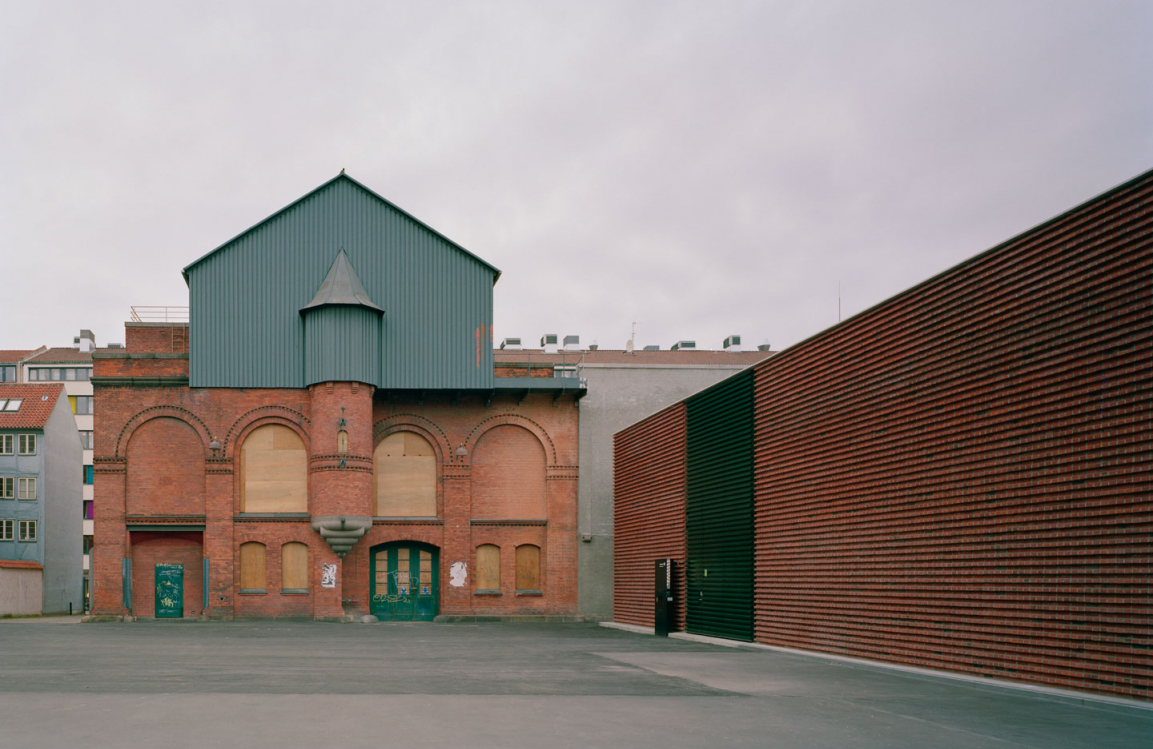
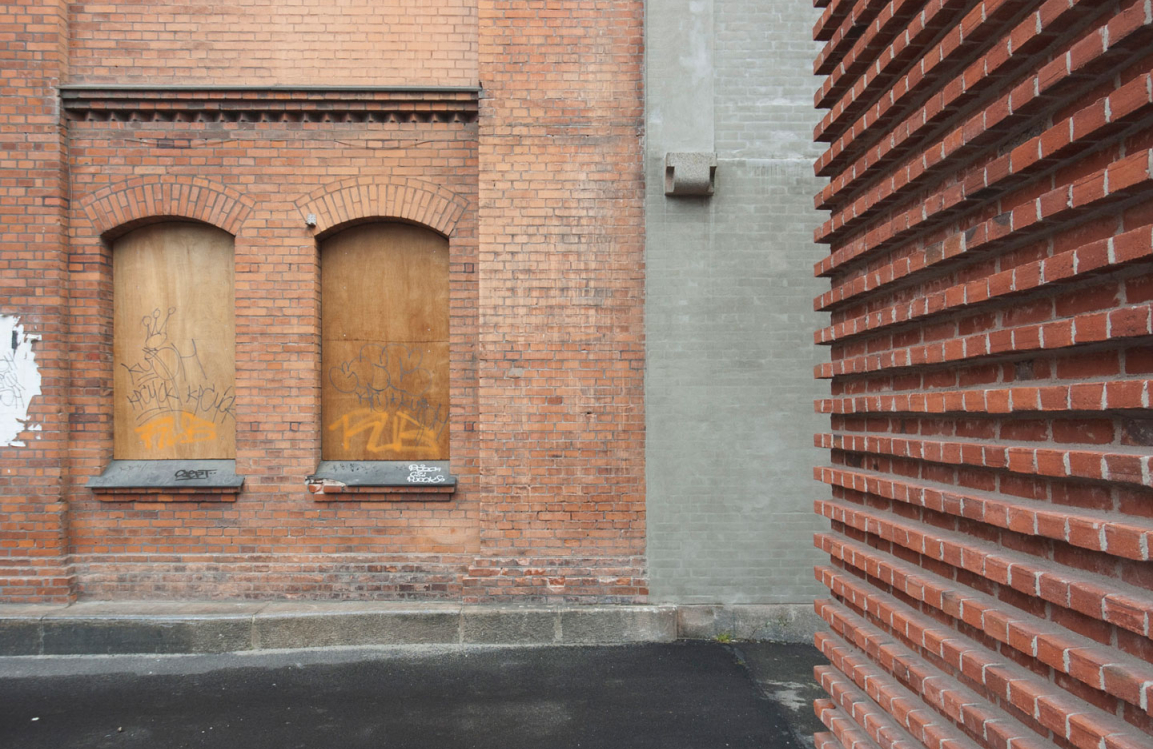
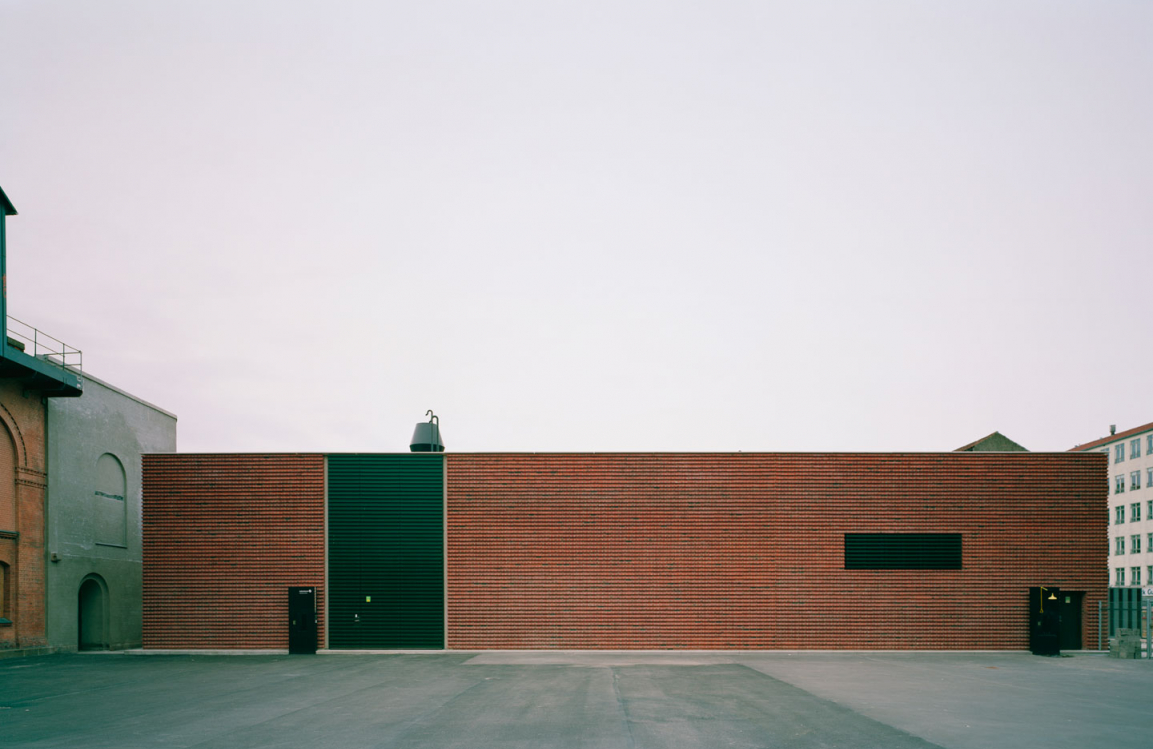
Borgergade District Cooling Plant
Hofor's district cooling plant in Borgergade is housed on the site of a disused power station, which was a theatre venue for a number of years under the name of Turbinehallerne. In terms of architecture, the plant is “closed” or formal in appearance, entirely in line with the other properties in this central Copenhagen location, mainly offices and private residences. The technical installations at the plant make considerable noise and handling this challenge in the best way possible remained at the forefront of our minds throughout the design and construction phases.
The cooling plant is a simple, discreet, even reserved red-brick structure, in many ways characteristic of the buildings from the age of early industrialisation, of which there are many in the neighbourhood. The subdued shape of the building is adorned with a type of decorative brickwork where every other course in the long brick façade is recessed — hence the name ‘recessed brickwork’. District cooling has the same advantages for consumers as district heating: reliability of supply, environmental optimization and no dependence on own equipment. In addition, centralized production does away with noisy and unsightly installations in the urban environment.
District cooling is supplied through highly insulated pipes from cooling plants, situated in cities near major consumers. At the plant, the circulating water in the system is cooled in three ways: during the freezing winter months, cold sea water from Copenhagen Harbour is used as “free” cooling; when demand rises, surplus district heating is used for absorption cooling; during warm periods, production is supplemented by traditional, electrically powered cooling units. The latter is the conventional technology of any cooling system and obviously the most energy-consuming.
Photos: Gottlieb Paludan Architects

